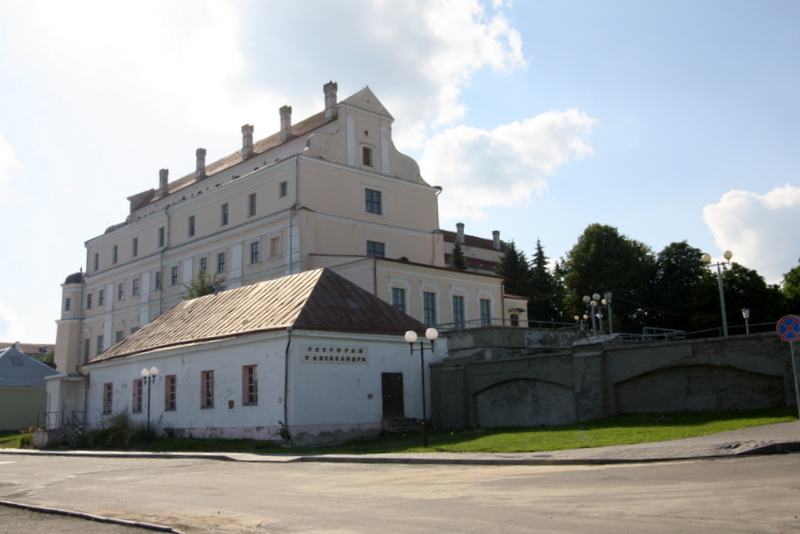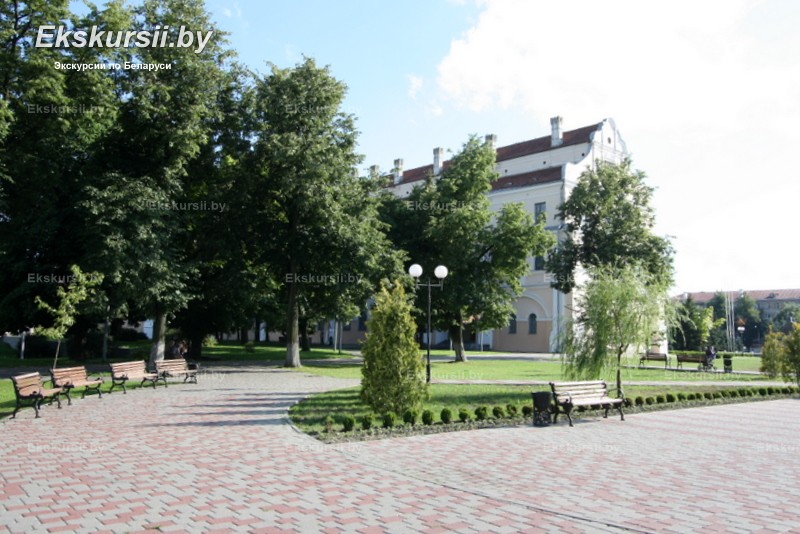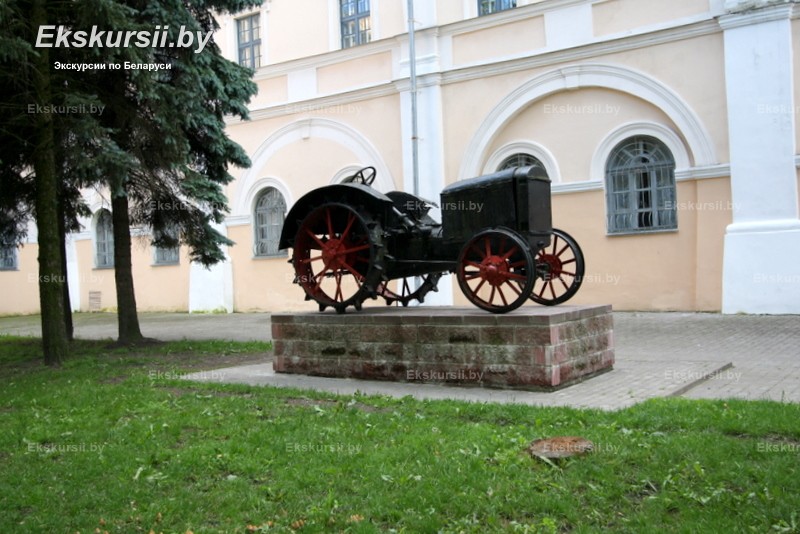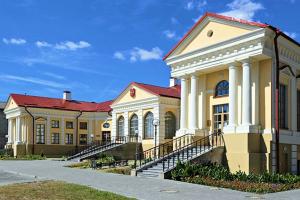History
The Pinsk Jesuit College was founded in 1631 by Jesuits — members of one of the most influential Catholic orders. The college became the first institution of higher education in the Polesia region, where not only nobles but also gifted children from various social backgrounds studied. Over the years, the site housed a school, a printing house, and a library. After the suppression of the Jesuit order in the 18th century, the building was used for different purposes but retained its historical significance.
Architecture
The architectural ensemble of the college is designed in the Baroque style with elements of Renaissance. The complex includes the main building, connected to the Jesuit church, as well as an inner courtyard and utility structures. Particular attention is drawn to decorative elements of the façade, arched openings, carved cornices, and frescoes. Despite restorations, the building has preserved authentic features and details, making it a valuable example of sacred architecture in Belarus.
Excursions
The Pinsk Jesuit College is part of popular excursions around Belarus, especially for those interested in religious history and architectural heritage. Tourists can book an excursion with a guided tour of this site as part of a group trip or individually. A popular option is also an excursion from Minsk, allowing visitors to explore Pinsk, its cultural landmarks, and the atmosphere of an ancient city in just one day.




